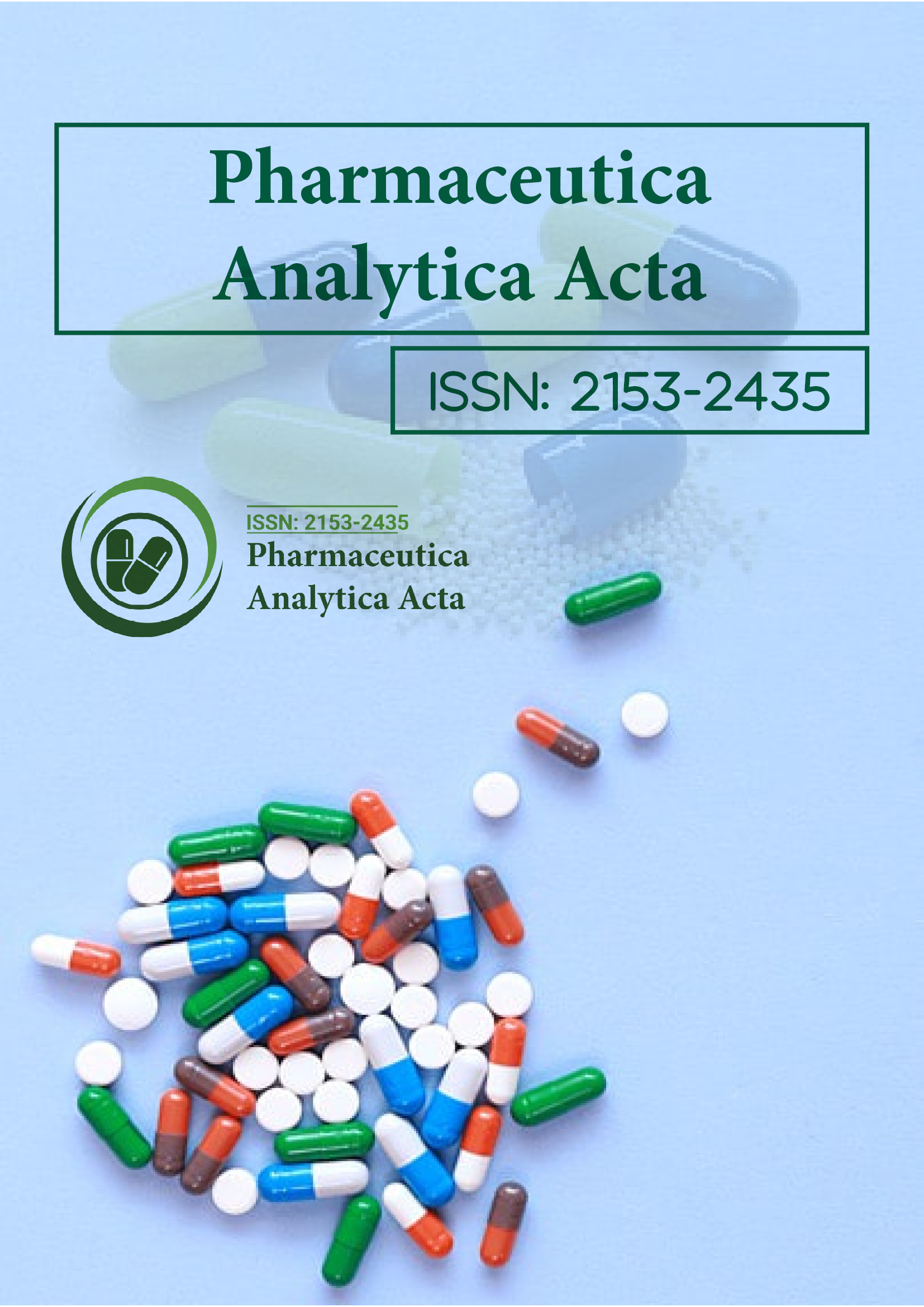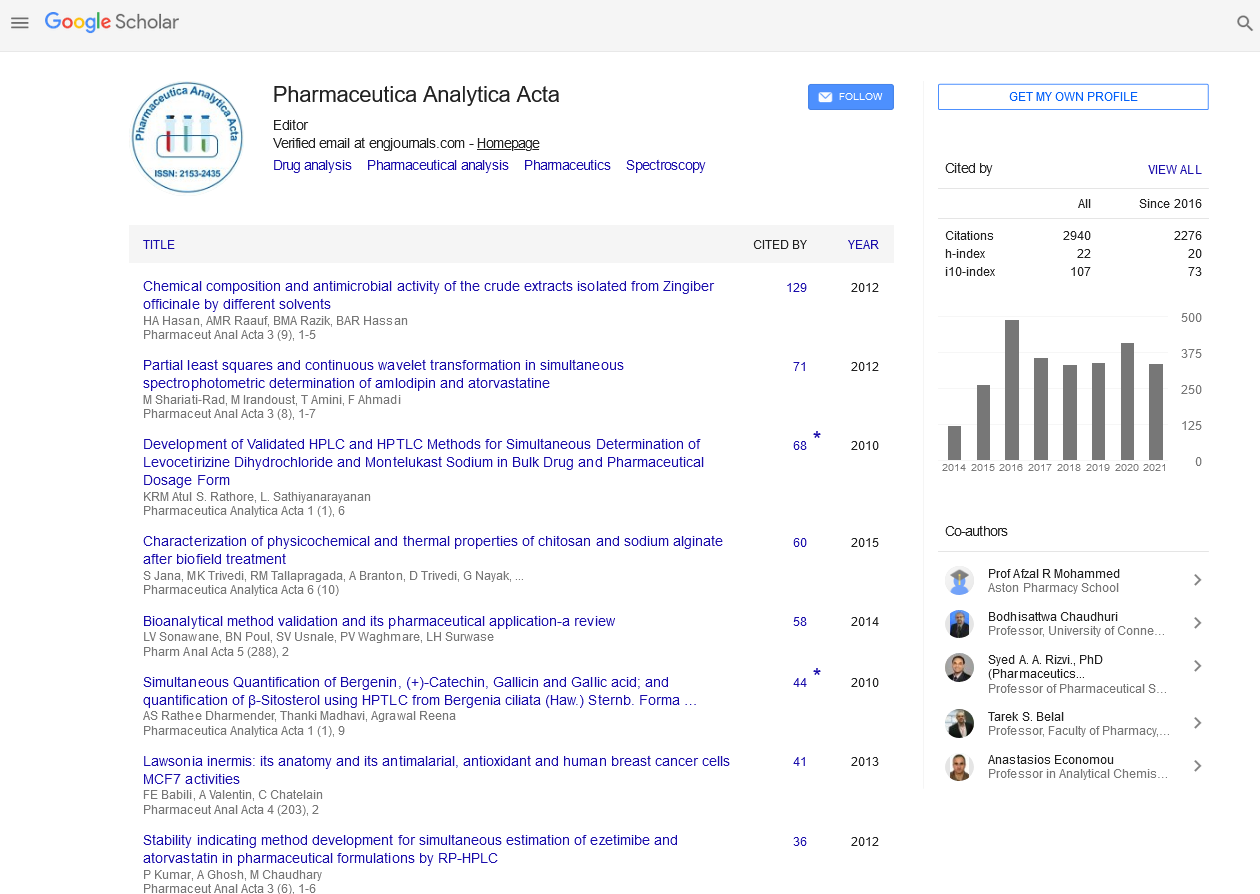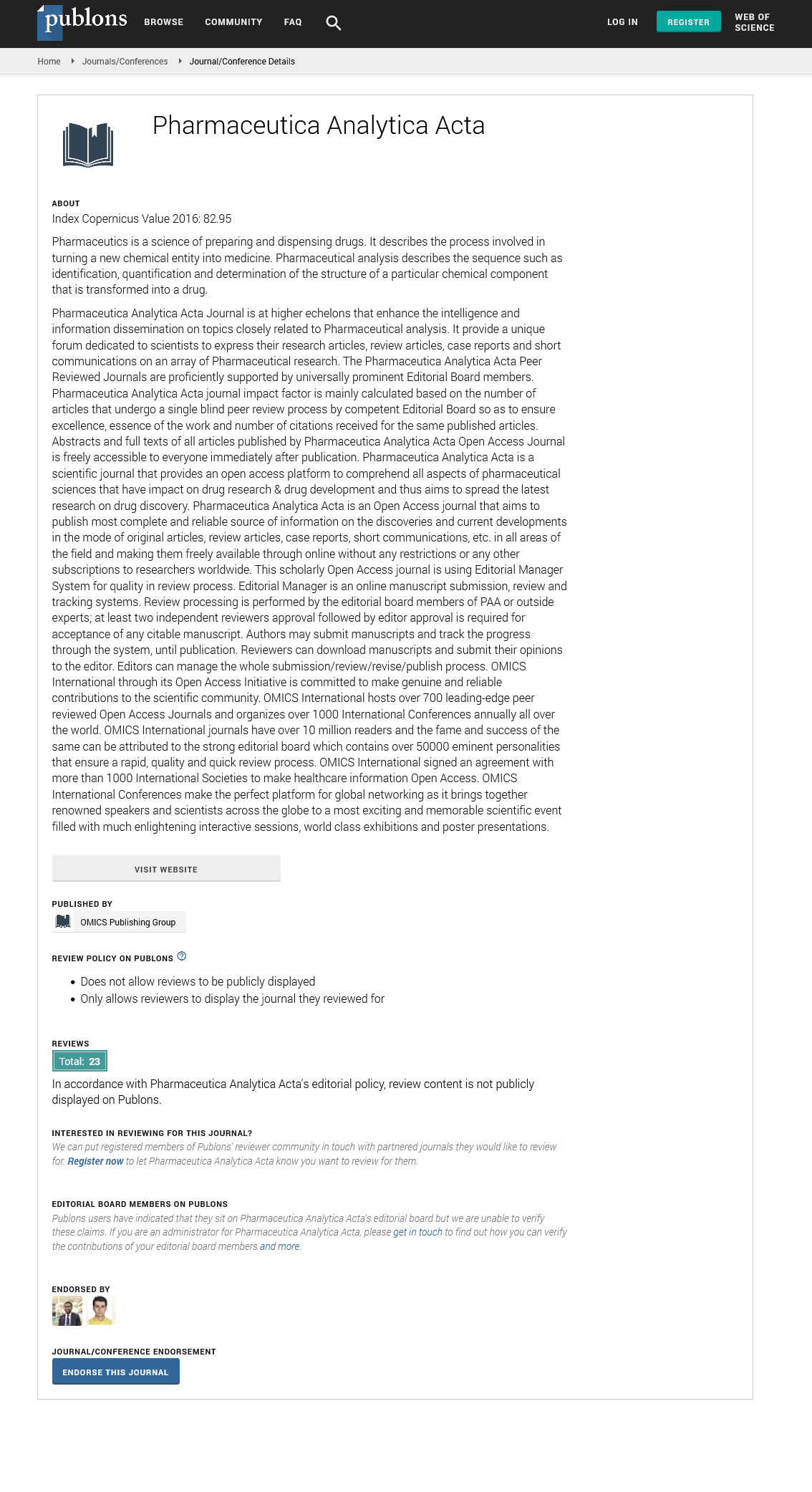Indexed In
- Open J Gate
- Genamics JournalSeek
- Academic Keys
- JournalTOCs
- The Global Impact Factor (GIF)
- China National Knowledge Infrastructure (CNKI)
- Ulrich's Periodicals Directory
- RefSeek
- Hamdard University
- EBSCO A-Z
- OCLC- WorldCat
- Publons
- Geneva Foundation for Medical Education and Research
- Euro Pub
- Google Scholar
Useful Links
Share This Page
Journal Flyer

Open Access Journals
- Agri and Aquaculture
- Biochemistry
- Bioinformatics & Systems Biology
- Business & Management
- Chemistry
- Clinical Sciences
- Engineering
- Food & Nutrition
- General Science
- Genetics & Molecular Biology
- Immunology & Microbiology
- Medical Sciences
- Neuroscience & Psychology
- Nursing & Health Care
- Pharmaceutical Sciences
Perspective - (2025) Volume 16, Issue 2
Intellectual Property Rights, Pharmaceutical Patents, and Access to Medicines
Brian Katony*Received: 02-Nov-2023, Manuscript No. PAA-23-23695; Editor assigned: 06-Nov-2023, Pre QC No. PAA-23-23695 (PQ); Reviewed: 22-Nov-2023, QC No. PAA-23-23695; Revised: 01-Apr-2025, Manuscript No. PAA-23-23695 (R); Published: 08-Apr-2025, DOI: 10.35248/2153-2435.25.16.812
Introduction
The pharmaceutical industry plays a pivotal role in advancing healthcare and improving the quality of human life. It invests substantial resources in Research and Development (R and D) to discover and develop new drugs, which can take many years and cost billions of dollars. To protect their investments and incentivize innovation, pharmaceutical companies rely on intellectual property rights, particularly patents. In this article, we will delve into the intricate relationship between intellectual property rights and pharmaceutical patents, their significance, challenges and the broader implications for healthcare and society.
Description
The role of intellectual property rights in pharmaceuticals
Intellectual property rights are legal mechanisms that grant exclusive rights to the creators and owners of intellectual property. These rights are designed to encourage innovation by providing creators with incentives to invest time and resources in developing new ideas, products and technologies. In the pharmaceutical industry, intellectual property rights, especially patents, play several critical roles:
• Protection of innovations: Pharmaceutical companies invest heavily in R and D to create new drugs. Patents protect these innovations, granting companies exclusive rights to manufacture, use and sell the new drugs for a specified period, typically 20 years from the filing date.
• Incentive for innovation: Patents offer pharmaceutical companies a monopoly on their products for a limited time. This exclusivity encourages companies to invest in groundbreaking research, as they anticipate the potential for substantial profits once their drug reaches the market.
• Encouragement of investment: Developing a new drug is a lengthy, costly and high-risk endeavor. Patents provide companies with a way to recoup their R and D expenses and generate returns on investment, thus attracting investors and promoting capital flow into the industry.
•Disclosure of information: In exchange for patent protection, companies are required to publicly disclose their inventions. This information is for sharing knowledge, advancing scientific research and facilitating further innovation.
Balancing act: Promoting innovation and access to medicines
Finding the right balance between protecting intellectual property rights and ensuring access to essential medicines is a complex and ongoing challenge. Various approaches and solutions have been proposed to address these issues:
• Patent exclusivity period: Some argue for shorter patent exclusivity periods, particularly for drugs that address unmet medical needs or critical public health concerns. Shorter exclusivity periods could help reduce drug prices and enhance access.
• Compulsory licensing: Compulsory licensing allows governments to authorize the production of generic versions of patented drugs to address public health crises. This approach aims to balance innovation with access to medicines.
• Patent pools: Initiatives like the medicines patent pool encourage pharmaceutical companies to voluntarily license their patents for essential medicines to promote accessibility, particularly in low and middle-income countries.
• Market-based solutions: Increased competition from generic drug manufacturers can help drive down drug prices. Transparency in pricing and discounts for developing countries are also vital.
• Government intervention: Governments can implement policies to regulate drug prices, negotiate with pharmaceutical companies and encourage innovation through grants, funding and tax incentives.
• Open access and collaboration: Encouraging open-access research and collaboration between public and private sectors can accelerate drug discovery and reduce costs.
• Global cooperation: International organizations and trade agreements play a significant role in harmonizing patent rules and addressing access to medicines on a global scale.
Conclusion
Pharmaceutical patents are a double-edged sword. They provide essential incentives for pharmaceutical innovation but can also lead to high drug prices and limited access to essential medicines. Striking a balance between protecting intellectual property rights and ensuring public health is a complex task that requires global cooperation, innovative policies and ethical considerations. Ultimately, the goal should be to foster a pharmaceutical industry that not only thrives on innovation but also prioritizes the well-being and accessibility of life-saving medications for all. The ongoing debate and evolving solutions in this field reflect society's commitment to achieving this delicate equilibrium.
Citation: Katony B (2025) Intellectual Property Rights, Pharmaceutical Patents, and Access to Medicines. Pharm Anal Acta. 16:812.
Copyright: © 2025 Katony B. This is an open-access article distributed under the terms of the Creative Commons Attribution License, which permits unrestricted use, distribution, and reproduction in any medium, provided the original author and source are credited.


